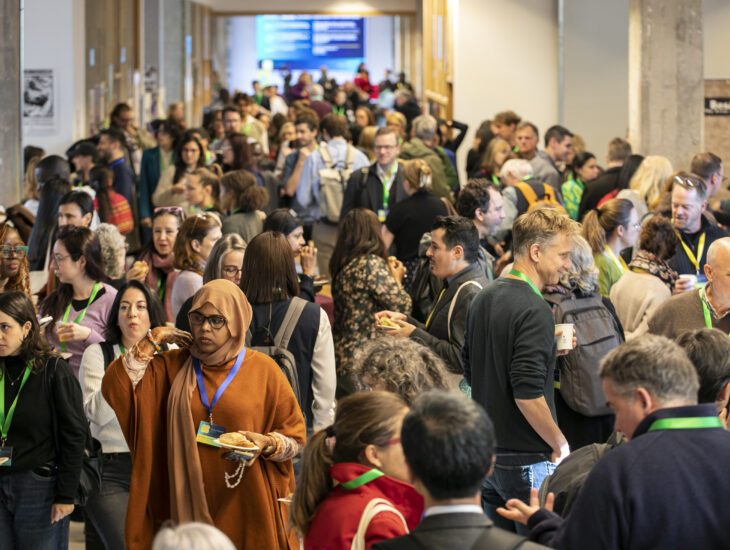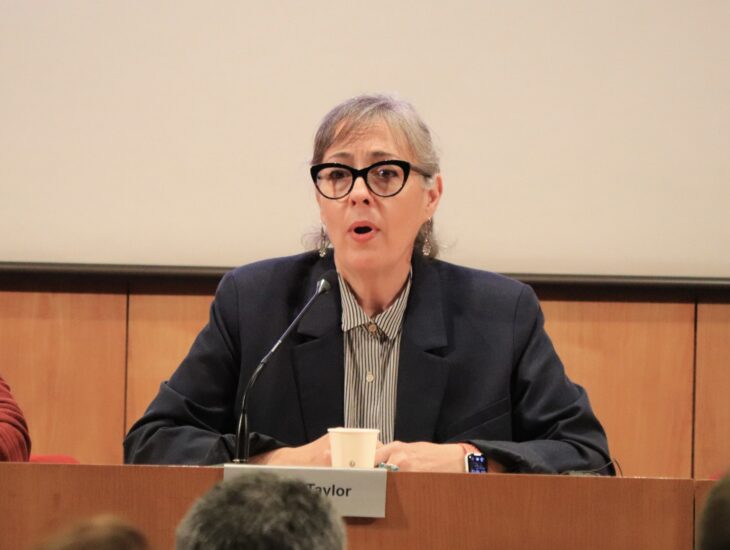A study carried out by ICIP and the UAB School for a Culture of Peace on the values transmitted in social sciences textbooks used in the third year of Compulsory Secondary Education (ESO) has found that they do not adhere to peace education criteria.
The report, the result of work carried out in 2016 by a multidisciplinary research team, analyzes the contents of seven books by Catalan publishers on the basis of six perspectives: peace and conflict; socioeconomic development; gender; intercultural diversity; the environment; and human rights and democracy. A seventh area deals with the methodologies of learning exercises.
The document states that the textbooks have a very explicit discourse in accordance with the values of peace education. However, in the implicit discourse, several shortcomings and imbalances have been observed in each perspective. According to the findings of the study, 93 percent of the individuals mentioned are men –mostly Europeans– and there are almost no women or representatives of other cultures. As for social classes, disadvantaged groups are clearly underrepresented and, although poverty is discussed in depth, it is presented as a phenomenon of developing countries, with no analysis of the inequalities present in developed countries.
One of the strengths of the textbooks, and the issue that is dealt with the most, is their crosscutting perspective on the environment. On the other hand, gender and diversity are the most neglected issues. Extremely pronounced biases have been observed regarding gender (men: 92.9 percent; women: 7.1 percent) and the countries of origin of these people (European: 95.4 percent; from other continents: 4.6 percent).
According to the study’s conclusions, the main challenges to improve peace education in textbooks are reinforcing the mainstreaming of the perspectives and avoiding the overrepresentation of certain narratives. To this end, it is recommended to introduce more examples of episodes of peace and nonviolent actions –not just wars–; reflect the human consequences of violent episodes; and reflect on various economic models and possible alternatives.
Given the limitation of space available in textbooks and of instruction time in the classroom, the report does not seek to add additional content but rather to incorporate different crosscutting perspectives to explain each topic. The study shows that it is possible to educate in values while providing sufficient elements for students to learn to deliberate and develop critical thinking.
06.01.2017




